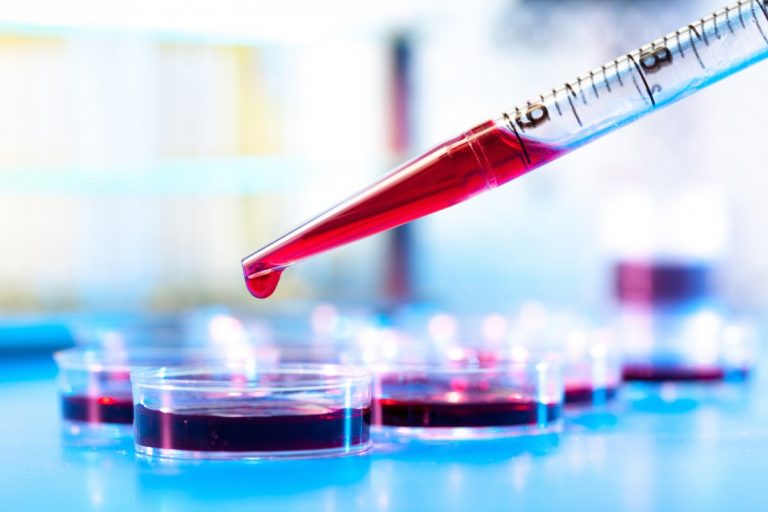
Global Blood Therapeutics Inc (NASDAQ:GBT) just reported its first quarter, 2016 financials, and alongside the release gave us an update as to the status of its pipeline. Specifically, the company announced it would be giving a presentation mid June to address its lead sickle cell trial, with data from an ongoing phase I/II set to be announced. Ahead of the presentation, and in a couple of days’ time, Global Blood will release the presentation abstracts. These abstracts should offer insight into the quality of the data, and in turn, could potentially be upside catalysts in this development stage stock. With this in mind, and ahead of the abstract release, here’s a look at the drug under investigation, and what to look out for from both the abstract and the presentations as indicative of some upside.
The drug in question is GBT 440. It’s what’s called an anti-polymerization therapy, and its primary target indication is sickle cell anemia (SCA). In patients with SCA, abnormal polymerization of red blood cells causes them to become rigid and shaped like a crescent moon, rather than the standard round, flexible shape. These crescent shaped cells can get stuck in blood vessels, and the blockages that result cause the symptoms commonly associated with the disease. Additionally, sickled red blood cells can’t carry oxygen efficiently. There isn’t a treatment available that addresses the underlying condition. Instead, a number of drugs target the symptoms and work to alleviate pain, etc. With GBT 440, Global Blood is attempting to change this.
The drug is designed to depolymerize hemoglobin S, which is the part of the red blood cell that sickles. Through this depolymerization, the goal is to return the cells to a somewhat normal shape, and improve their oxygen carrying capabilities.
So, where are we with trials, and what should we be looking for in the upcoming release? On December 25, 2015, data from the ongoing trial hit press, and offered up some pretty promising results. The data covered the trial up to July 24, 2015, at which point 64 healthy volunteers and 16 SCA patients had enrolled. Of the 64, 54 completed a course of treatment, and only 2 discontinued due to AEs (these were headaches and rashes, so no big deal). Eight of the sixteen SCA patients completed part A, and eight were in part B. None were discontinued, and only one had to have a dose reduction. Safety looks good, therefore. From an efficacy perspective, at a 28 measurement point, all SCA patients showed an increase in hemoglobin, and blood smears revealed what the analysis referred to as a “marked” reduction in sickle cells. We don’t know exactly what marked means, but its reasonable to suggest it’s a minimum 30-40% reduction.
In the upcoming trial data, therefore, we’re looking for something similar. Specifically, if the data shows an equally low level of adverse events, with no discontinuations, tolerability will be fie going forward and should justify a phase II, or even better, a direct move into pivotal. If efficacy comes out at a similar level – reduction in sickle cells, increased hemoglobin in a high percentage of SCA patients – then it’s even better. Upside on this sort of announcement comes in at between 30-40% minimum.
What’s the market potential if the drug gets an FDA nod post pivotal completion?
As mentioned, there’s no currently approved drug that addresses the underlying sickling. With this in mind, if Global Blood can get GBT 440 approved it has pretty much the entire SCA population to go at. Having said this, it’s not a massive market – at least, that is, based on the current symptom treating revenues. A recent report puts the total market at around $70 million for 2019. If GBT gets approval, however, Global Blood should be able to command a pretty high price for the drug, meaning the actual dollar number should be up to a five times multiple (at a conservative estimate) of this $70 million.
So what are we looking for now? Abstract release is set for May 19, and they will be published here. Beyond that, the presentations offer the real upside, and are scheduled for June 10.




